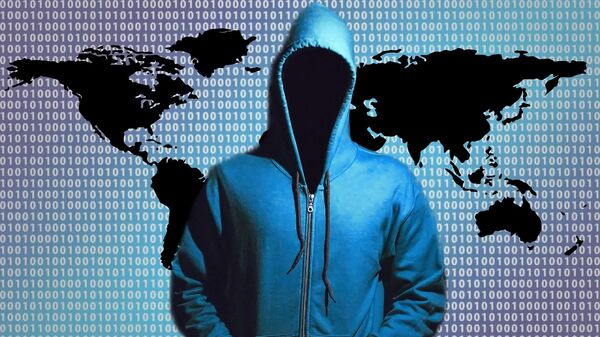“The study found a number of factors responsible for the high numbers of affected people, including users’ habits, lack of awareness and a lackadaisical attitude to their online safety despite being aware of some of the threats, as well as the proliferation of connected devices and increasing instances of connecting to non-secure networks,” the International Business Times reported.
Additionally, the survey found that the United States was the most susceptible developed nation, with 39 percent of Americans falling victim to a cyber crime versus a 31-percent average for the rest of the world. The US was responsible for nearly one sixth of the cost, $20.3 billion, of cyber crime globally.
Parents in the US also believe, more than any other nation, that their children are more likely to be bullied online than in a playground or at school. In the US, 64 percent of parents believe online bullying is the bigger concern, versus 48 percent globally.
The Netherlands had the lowest rate of cyber crime, with 14 percent of their citizens falling victim, according to the study.
When looking at the age of those most affected, millennials displayed the highest vulnerability, with 40 percent of those surveyed having been the victims of cyber crime at least once in 2015.
Of those surveyed, over 40 percent could not tell the difference between a regular email and a phishing email. Out of those who had been targeted in phishing attempts, 13 percent fell for them, clicking on malicious links or sharing personal information. Approximately 80 percent of those who did ended up facing negative consequences, including identity theft, bank fraud, or credit cards being registered in their names.
With the widespread nature of cyber crime, 51 percent of those surveyed stated their belief that it is harder to protect themselves online than it is in the real world.




